Hakkasan (Shanghai)
Bund 18, 5/F 18 Zhongshan Dong Yi Lu
Huangpu, Waitan, Shanghai, China
Tel. +86 21 6321 5888
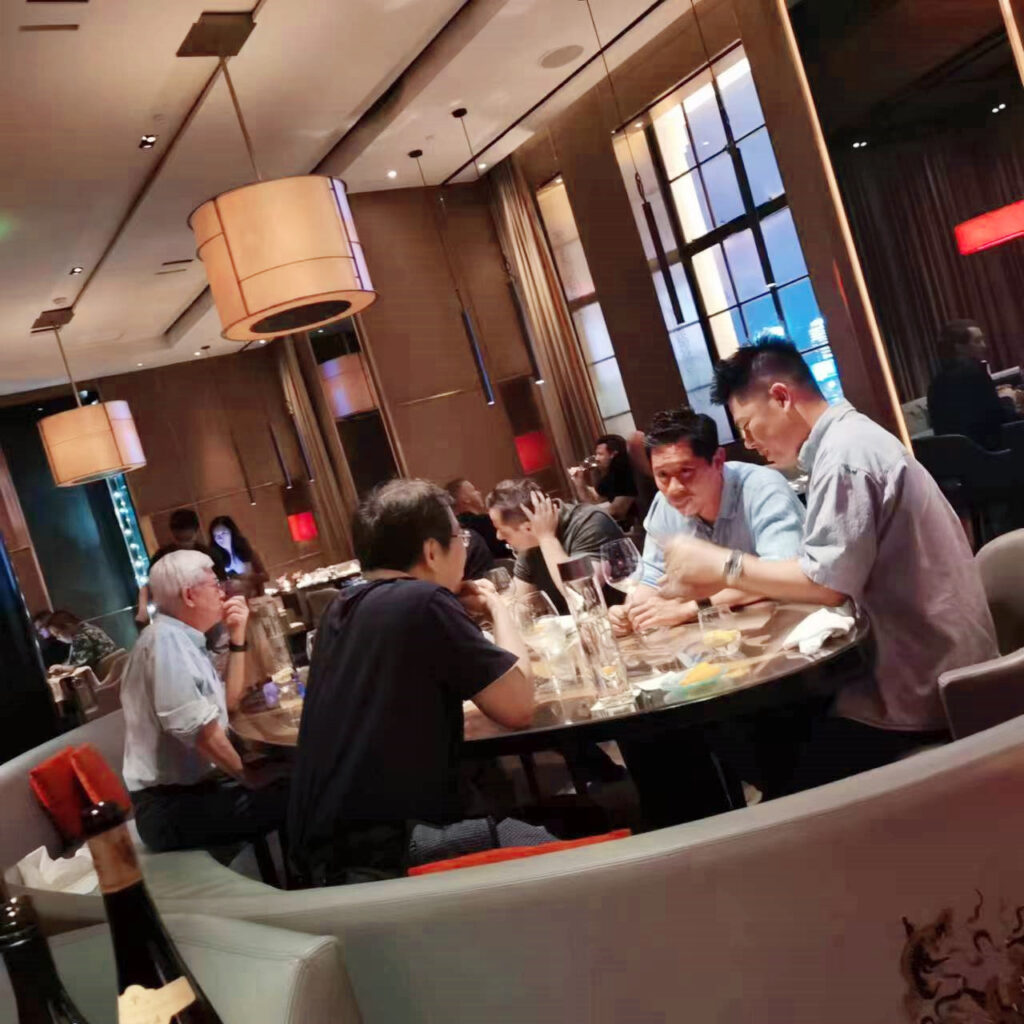
The dishes
Crispy Peking Duck with Imperial caviar (half)
Stir-fried black pepper beef
Drunken quartet (shrimp, baby abalone, okra and chicken)
Golden fried soft-shell crab with chili and curry leaf
The wines
Zind Humbrecht 2011 Pinot Gris Rangen de Thann Grand Cru Clos Saint-Urbain 95
Bell Hill 2017 Pinot Noir North Canterbury New Zealand 94
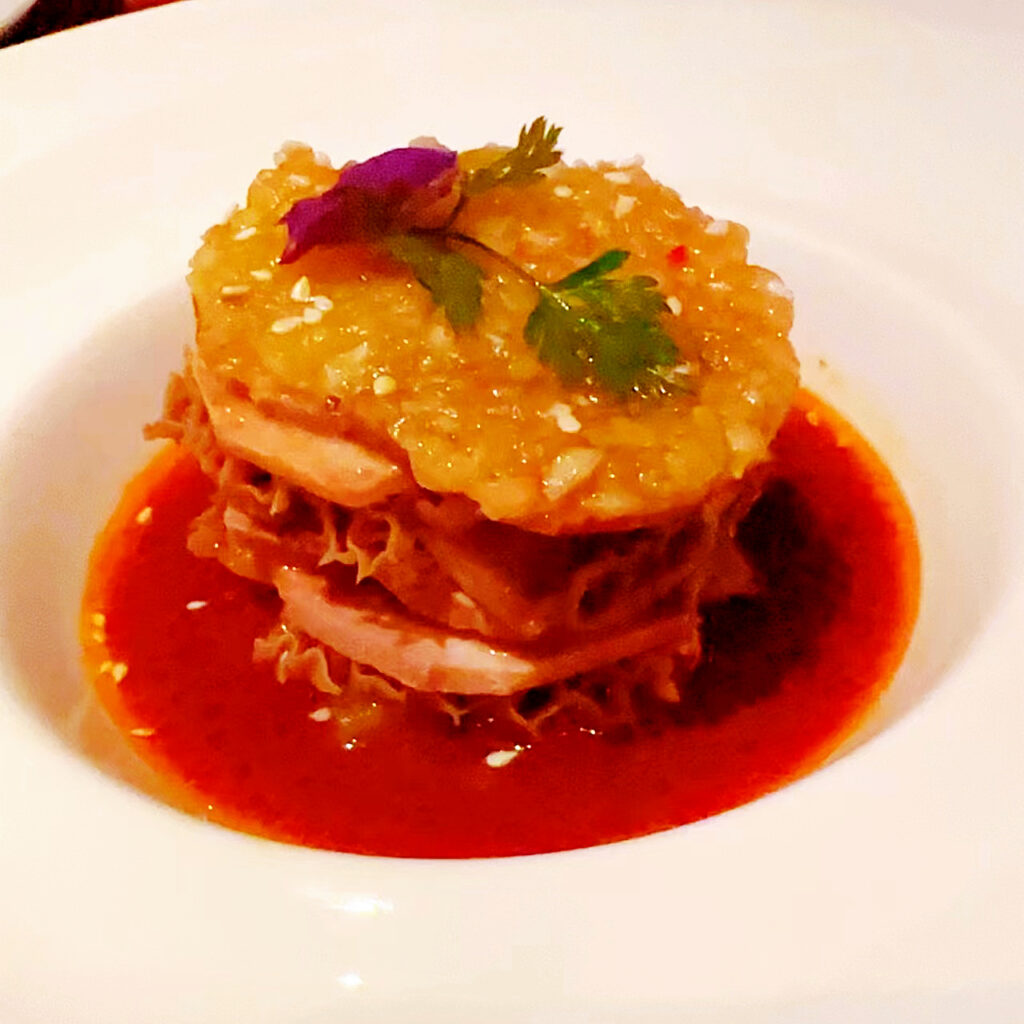
With five locations in the Middle East (Dubai, Doha, Aby Dabi….), two locations in London (the original Hakkasan was in fact founded in London in 2001), two in Turkey, two in the USA, one in Spain, one in Kenya (Mumbai), and the one in Shanghai (China), Hakkasan is about as close to a global restaurant name brand as there is. But very differently from the many bistros and restaurants carrying the name of one of various famous French chefs based in France whose eponymous restaurants are now found all over the world, Hakkasan mostly delivers in all its locations. The galaxy of Michelin stars that many of its affiliates can boast corroborates that statement. Over the years, I have been fortunate to eat in almost half of these venues, and so I can vouch for the fact that at Hakkasan they deliver the goods. The goods being their unique concoction of Cantonese cuisine influenced by Western touches and some pan-Asian aromas and flavours, using top-level ingredients.
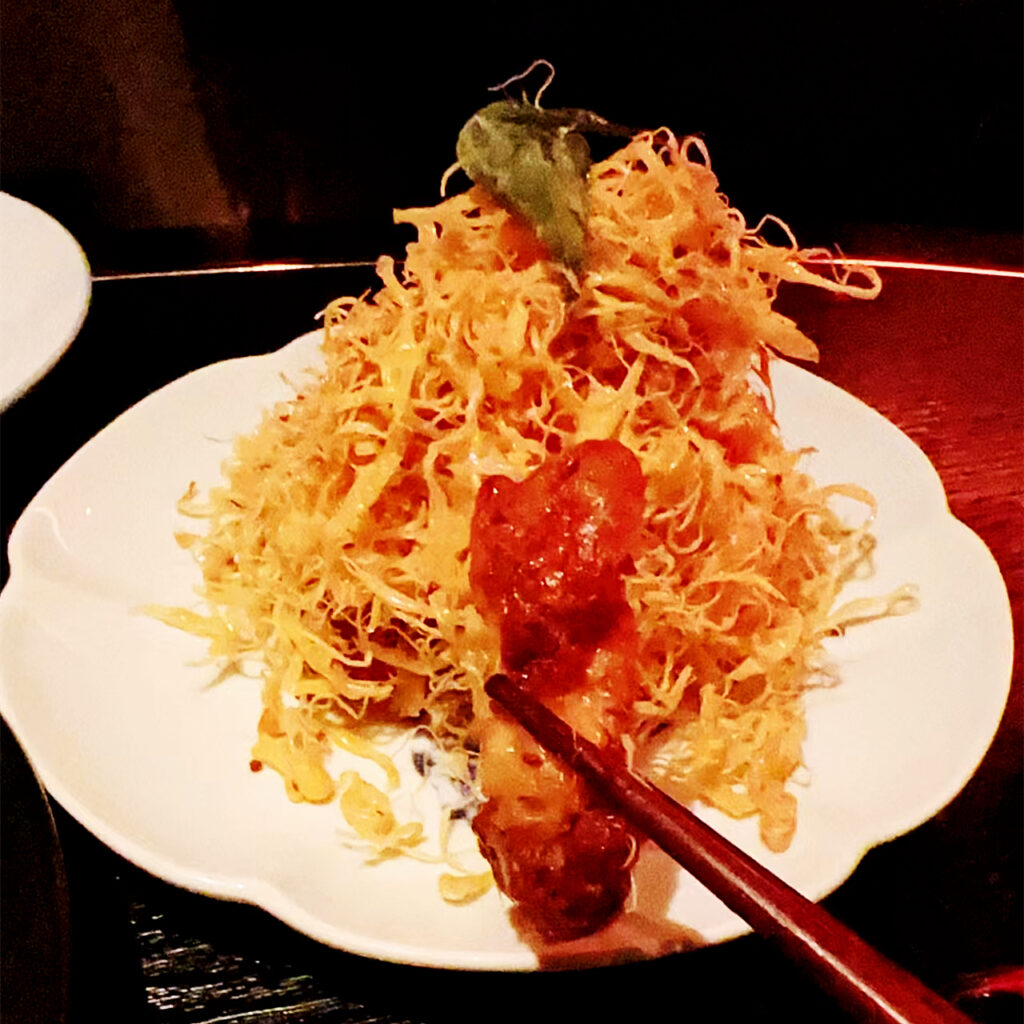
Like many other restaurants all over the world, Hakkasan Shanghai was forced to close in April 2020 because of the Covid pandemic and dwindling diners. Fortunately, once the pandemic began to tail off and it was safe to venture out amidst the crowds again, Hakkasan re-opened towards the end of 2020, about as good a piece of news as sybarites could hope for. Strikingly designed with a dark interior, rich in shades of black and lacquered carved Chinese screens, and offering spectacular views of Shanghai’s Huangpu river on top of that, Hakkasan in Shanghai is one of the city’s most beautiful restaurants. Cleary, a lot of thought and care went into creating the restaurant, located as it is in the Bund 18 Building, a prestigious, historic and protected construction of the city’s downtown core, which means sophisticated mechanical and electrical solutions were necessary to have the restaurant look the way its owners wished it to. There are two different dining areas within the restaurant (plus a third formed by the outer ring of five private dining rooms that are always very much required in China given the country’s dining habits and traditions). The two separate dining areas are the Ling Ling Lounge, offering a more relaxed, laid-back dining option; and the main dining area, known as the “Cage” because of those aforementioned latticed woodwork partitions that help create a more intimate dining setting.
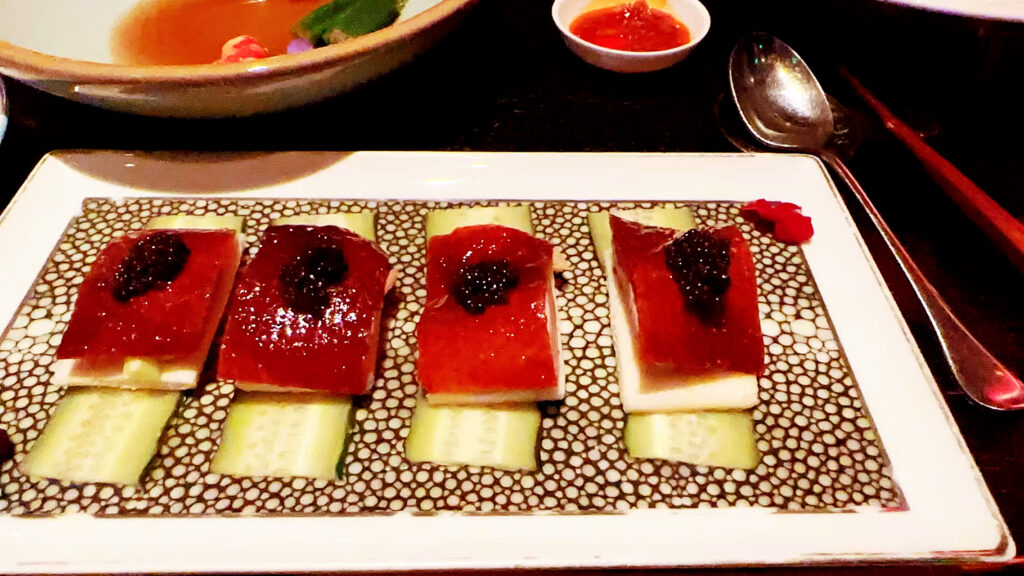
Which is all well and good, but if the food and wine were nothing to write home about then one could well limit him or herself to just coming to this Hakkasan for drinks (in fact, the cocktails are especially good). Happily, that is not the case, and eager diners can come over with the clear knowledge they will have a wonderful dining experience. The menu follows along the guidelines of the global Hakkasan menu ideals; in Shanghai’s version, subtle differences have been implemented, such as the greater presence of seafood and especially of whole fishes to meet Chinese customs and culinary habits. Today the chef at Hakkasan in Shanghai is the talented Li Wei, who joined in 2022 after learning under a Cantonese cuisine chef master in Hong Kong, chef Tsoi. In fact, Li Wei doubles as the chef in charge of Shanghai’s two Michelin star Jipin Court, long held to be one of the city’s best Cantonese cuisine restaurants.
I have eaten countless times at Hakkasan in Shanghai and I haven’t tired of the place yet. I can always find things on the menu I enjoy eating, and dishes come to the table quickly (sometimes even too quickly and almost all-together, which isn’t always ideal), making for a very relaxed dining experience that will cause little headaches or concerns. My latest night there, I had another wonderful dinner. The star of the dishes offered is always the Crispy Peking Duck with Imperial caviar, of which I chose the half portion as it is more than enough for two people. Clearly, hungrier and more numerous diners can easily opt for the full duck, which will provide endless epicurean pleasures if consternation for your cardiologist. The association of caviar with crispy Peking-styled duck was invented by Hakkasan in London, even though matching caviar to duck is not something immediately intuitive. Differently from some novel ingredient pairings that I have unfortunately been subjected to over the years (like blueberries with fish, and even a carbonara sauce with tomatoes, which are not just horrible ideas no matter how you slice them but I dare say unacceptable too) this is one far-out thought that works very well. The salty flavours and creamy texture of the caviar both contrast and complement the duck: in terms of contrasts, the salty caviar nuances are a nice counterpoint to the sweetness of the duck flesh, as is too the crispy texture of the skin paired to the creaminess of the sturgeon eggs. Another contrast, that provided by the juxtaposition of hot and cold sensations also awakens and thrills the palate. At the same time, the caviar’s creaminess and sweetness nicely complements the likewise creamy sweet duck fat located just below the skin. All in all, this really is an interesting flavour and texture combination of two very different ingredients that works remarkably well on many different levels.
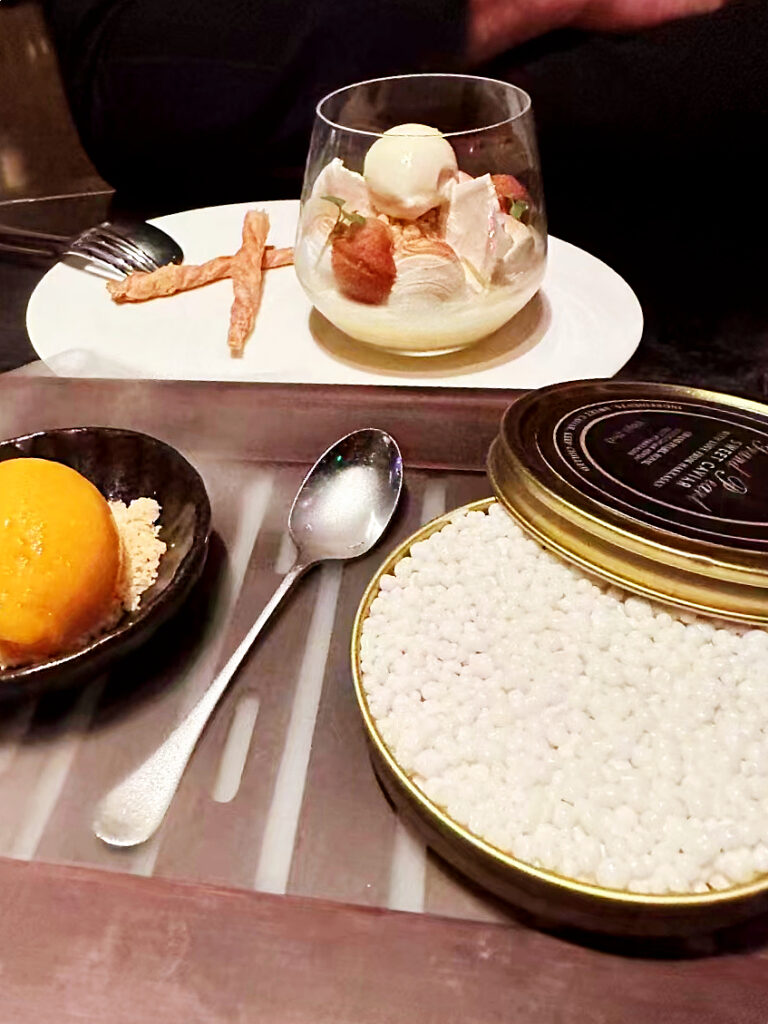
The rest of my dishes were all delicious, especially the stir-fried black pepper beef and the drunken quartet (shrimp, baby abalone, okra and chicken cooked in yellow wine): the only disappointment, if I can go so far as to call it that was the golden fried soft-shell crab with chili and curry leaf, not so flavourful and a little too soft and oily. It was the only glitch on an otherwise near-perfect culinary experience.
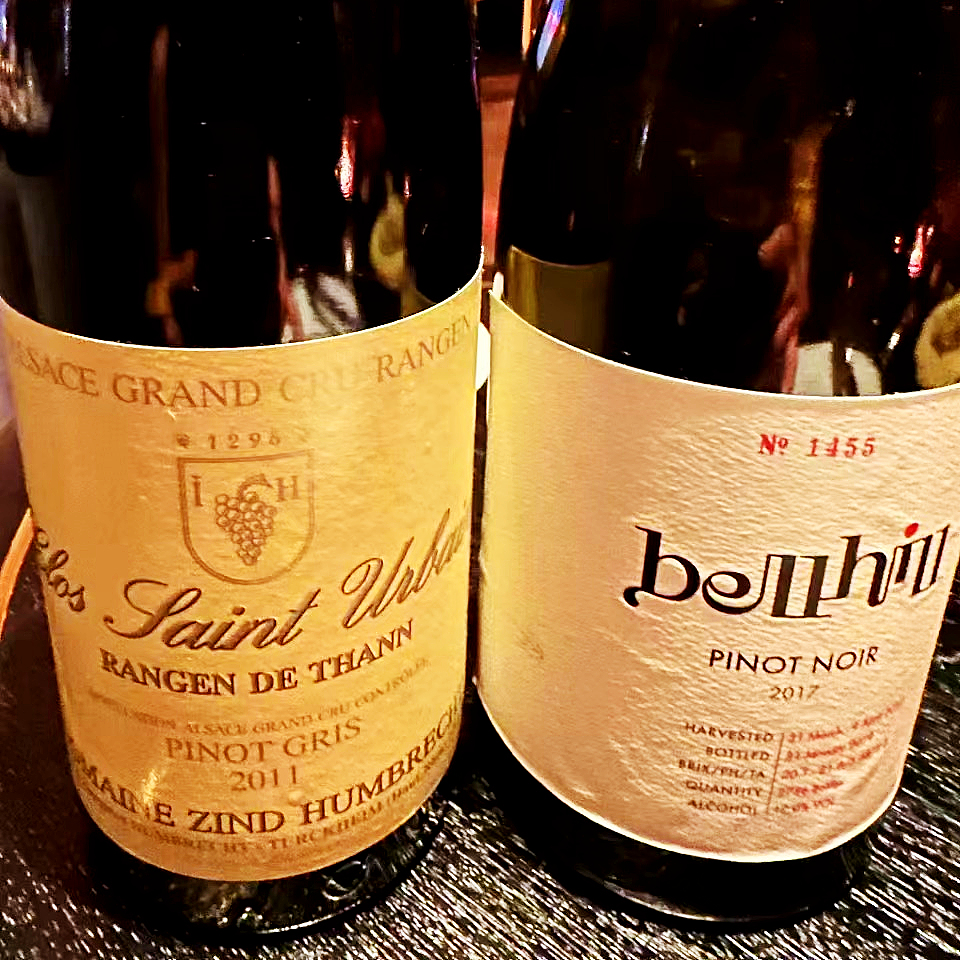
As usual at Hakkasan Shanghai, I not only ate well but I drank marvelously well too. Head sommelier Felix Zhang, who started at the restaurant in 2015 and was put in charge in 2018, oversees a team of five sommeliers in total (him, senior sommelier Kim, sommelier Conan, and two trainee somms, Dorothy and Eric) and an outstanding wine list replete with great wines from all over the world. A few older vintages are also available. Hakkasan was Zhang’s first restaurant job after graduating from college wine studies, but he was blessed to start working at Hakkasan under one of Asia’s (not just China’s) best sommeliers, James Teng (now head of the wine program of the three different restaurants of the Middle House hotel in Shanghai).Therefore, Felix had to the opportunity to learn from and grow under one of the very best in the business, and his excellent training shows at every turn of the evening: as usual, the wine list at Hakkasan is a joy to behold. I have said and written before that Zind Humbrecht’s Rangen Pinot Gris is the best dry Pinot Gris wine in the world, and nothing has changed my mind since. The Zind Humbrecht 2011 Pinot Gris Rangen de Thann Grand Cru Clos Saint-Urbain is an especially good version of this very classically dry wine. At once full-bodied and elegant, not to mention immensely flavourful. Still very young, it has another 15-20 years of life ahead of it, its panoply of pear, peach, minerals and smoke delivering happiness to all palates. It is precisely the older, fairly-priced vintage wine (it’s now almost twelve and a half years old) that high-end restaurants should carry more of, if possible. So good for Feelix, his staff and Hakkasan. I decided to go full out “Pinot” on this night (Pinot Gris and Pinot Noir are grapes the wines of which match well with Cantonese cuisine, as does Riesling), and chose a Pinot Noir wine next. The Bell Hill 2017 Pinot Noir North Canterbury New Zealand, a wine I know quite well having been fortunate to try it on numerous other occasions, is almost as good as Zind Humbrecht’s Pinot Gris. It is a wine that absolutely needs to be decanted an hour ahead, such that its initially reticent, wood-dominated closed aromas begin to blossom; only then does the wine reveal a lovely nose of sweet red and black cherries, soy sauce, minerals, herbs and Oriental spices. Harmonious but lively acidity really keep the mouth fresh and all those flavours dancing on your palate long after you swallow.
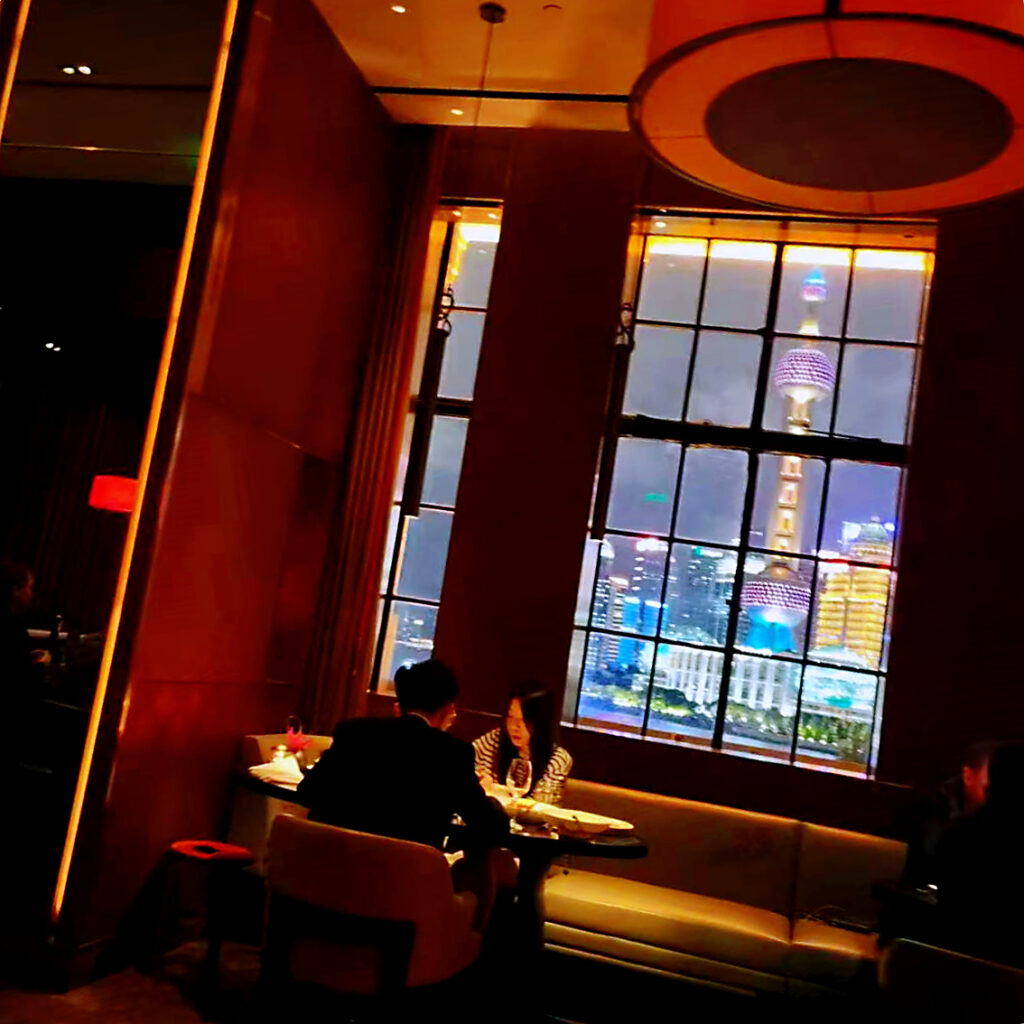
Overall, it’s impossible for anyone to not enjoy their time at Hakkasan in Shanghai. The dishes are all very precisely prepared and are mostly highly successful. The wine list at Hakkasan Shanghai is outstanding, and the wines very well and attentively served. The service is friendly but professional, and thanks to mostly youngish wait staff, always brimming with enthusiasm and never stuffy. Last but not least, the sleek, minimal, dimly lit dark-toned and black interior colours with spectacular views of the Bund are marvelous. It all adds up to a fun, highly enjoyable, and satisfying dining experience that you’ll want to repeat, over and over again. You, and me too.

 中文
中文
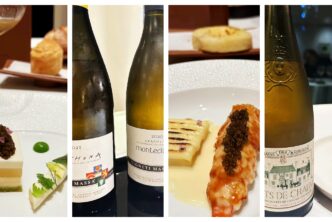

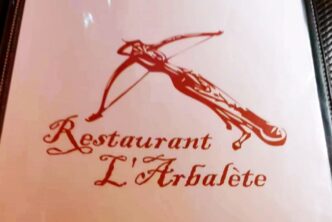
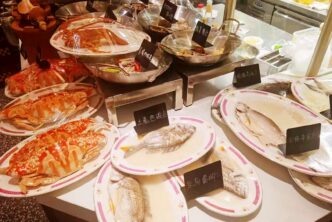
Your articles never fail to captivate me Each one is a testament to your expertise and dedication to your craft Thank you for sharing your wisdom with the world